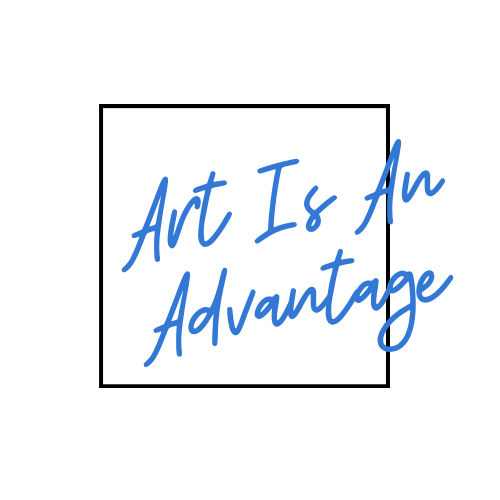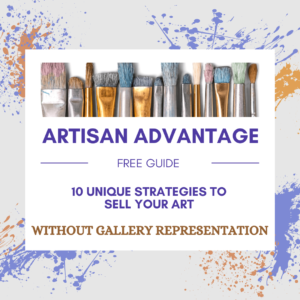by Becky Sciullo | Oct 19, 2020 | Learning
Free Webinar! Use Blogging to Build Your Art Business
Registration is now open for How to Use Blogging to Build Your Art Business. This webinar was previously named, Build a Dynamic Web Presence for Your Art Business.
Choose from one of two opportunities to attend this live webinar on Tuesday, November 10th, 2020. This free presentation will explain how to use blogging to create an effective marketing system for your visual art. All participants will also receive a complimentary “How to set up your blog” guide.
This presentation uses my personal experience and real-life examples to outline a system any visual artist can use. The information is relevant for many popular web platforms such as WordPress, Weebly, Squarespace, or FASO. Learn how to consistently share work with an audience across various marketing channels such as social media and email marketing using an easy to use blogging platform as the driver for your business.
My goal is for you to gain a new enthusiasm for building a web presence, whether you are starting from scratch or improving upon an existing website. I will offer tools and advice for starting and maintaining this system in a manageable way.
Reserve your spot by clicking on your preferred session timeslot below:
or
Tuesday, November 10th, 2020
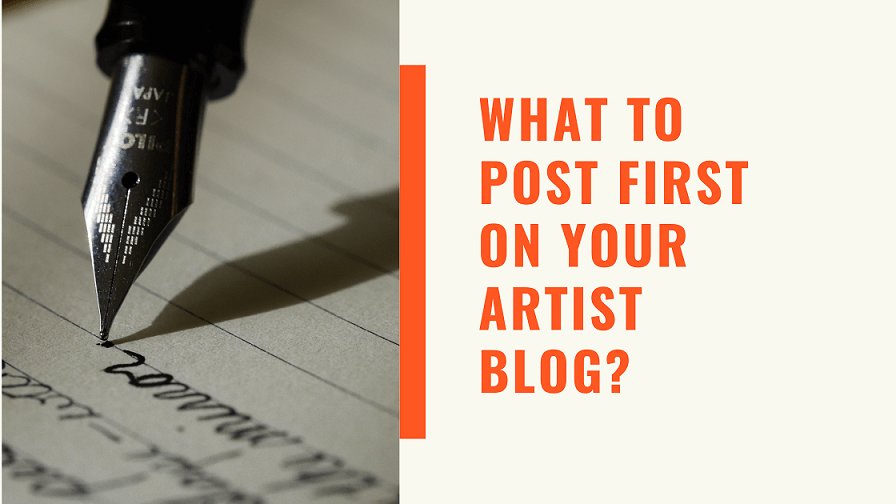
by Rebecca Sciullo | Oct 14, 2020 | Artist Blogging 101
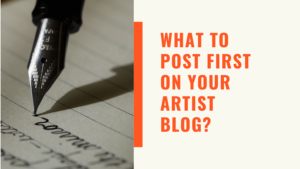 You did it! You started or added a blog to your artist website. Congratulations!
You did it! You started or added a blog to your artist website. Congratulations!
Now, you may be asking yourself, “What do I post?”
What you post first depends a little bit on your situation. The truth is, first posts don’t matter that much. The good news about this is that not many people will see your blog at first. I advise artists not to share their blogs until they have ten to fifteen posts under their belts. Unless you already have a large email list or large online following, your traffic will probably be light. That’s okay! Take solace in this fact and don’t put too much pressure on yourself. The important part is to start.
Where to begin?
Are you an established artist with a devoted following, or are you new to marketing your work? This may alter your conversation a bit with your readers, but generally speaking, consider the following:
What is interesting to your audience?
If you are an established artist with a following, you will probably want to share new work. You might want to take the opportunity to share the process behind your work. Or, introduce outlets where people can find your work, if not purchasing from you direct.
If you are new to selling your work, you will want to start sharing work that best gives your visitors an idea of who you are as an artist – the work that is most representational of what you do.
If you are a teaching artist, looking to grow your following, you should consider the questions your students commonly ask you. What are the things they get stuck on? These will be great first topics for you.
Tell your story.
You can never go wrong providing the who, what, why, when, and where behind your art.
Who are you an artist?
What kind of work do you create?
Why do you create this work?
When did you get started, and how?
Where direction are you headed in with your work?
Just Start
The most important thing in this process is to start. Blogging is an evolving process. The more you write and post, the easier it becomes. As you grow and work with your plan, post ideas will become more evident.
For more help with your artist blog, sign up for my Create! Sell! Newsletter.
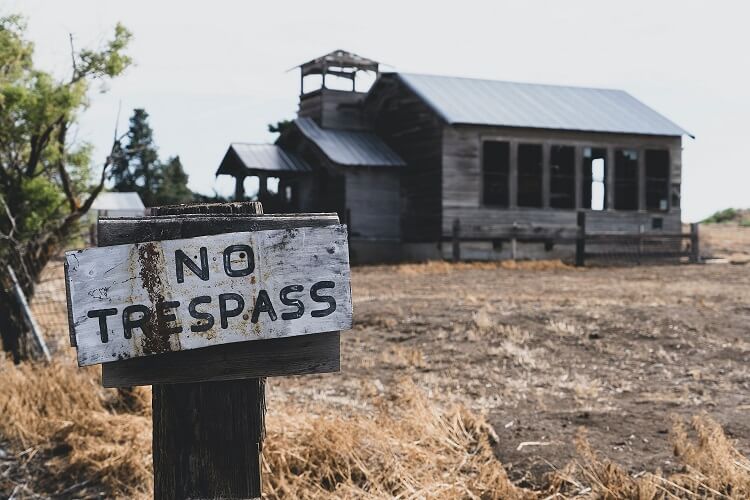
by Rebecca Sciullo | Oct 12, 2020 | Artist Websites, Your Hub
What happens when you neglect your artist website?

Working with artists, I’ve visited countless artist websites—and too often, I come across sites that have turned into digital ghost towns. These are active websites with no sign that the artist is still actively working. The telltale signs? The same artwork displayed for over a year, the most recent blog post dating back several years, or an event calendar showing openings that have long passed.
I get why this happens.
Juggling studio time, art creation, and website upkeep can feel overwhelming. Technical issues, updates, and content creation take time, often getting pushed aside in favor of more immediate tasks. But if you want your website to truly represent your practice, it’s crucial not to let it become an afterthought
How to Prevent Your Artist Website from Becoming a Ghost Town
1 – Set a Schedule to Update Regularly
Reserve time each month to review and refresh your site. Even small updates—like uploading a new piece or updating your contact information—keep things looking fresh.
2 – Post Regularly, Even if It’s Brief.
Platforms like Squarespace and WordPress offer simple blogging options, perfect for sharing recent work or news. Consider setting a goal to post at least once every few weeks to share updates, even if it’s just a quick note on what you’re currently working on.
3 – Keep an Eye on Your Events Calendar and Blog.
Avoid outdated event listings and empty blogs by making it a habit to review and archive older entries if they’re no longer relevant. This keeps your site looking current without needing constant additions.
How to Bring Your Artist Website Back to Life
If your website has turned into a ghost town but you’re still active as an artist, here’s how to revive it:
1 – Start with Small Updates
Begin by refreshing your homepage with recent work and a current bio. Adding new artwork and updating your contact details go a long way.
2 – Reactivate your Blog
If you’ve neglected blogging, don’t stress about the gap. Pick it up again and publish new posts, aiming to build up a collection of 10-15 fresh entries before widely promoting the site.
3 – Revamp your Gallery
Refresh your portfolio with your latest work, remove old or irrelevant pieces, and create a streamlined, professional look.
Why Keeping Your Artist Website Current Is Worth It
A current, well-maintained website is one of your most powerful tools for sharing your art. Not only does it allow viewers to see you’re active and dedicated, but it also gives you more control over how your work is presented. Keeping it up to date can make a big difference in creating opportunities and connecting with people who appreciate what you do.
For more tips on things related to marketing and selling your art, join my newsletter here.

by Rebecca Sciullo | Sep 21, 2020 | Channels, Learning
A Must-Read if You’re Participating in a Virtual Marketplace With Your Art
I just wrapped up a Zoom meeting regarding a virtual marketplace that my father, artist Robert Yonke, will participate in this fall. I’ve seen many social media posts and information about similar opportunities recently. As I’m sure you are, we are always thankful to have new opportunities such as these.
This upcoming event gives him the ability to sell work and provide information about his practice. Because of the event’s marketing and publicity plan, we expect it to get many visitors. Whether or not the visitors purchase work from him is another story, but I’m not focusing on that.
Of Course, I Want to Sell Art!
Don’t get me wrong. I want to make sales and do my best to present work that I think will appeal to the audience the marketplace attracts. My bigger goal is to find new fans and followers for his work. I know that a first-time browser may not buy, but if we can develop a relationship with them, they probably will over time.
Using Virtual Marketplaces to Sell Your Artwork

The Virtual Marketplace is a great way to sell your work and find new customers. Particularly during this time when many live events are postponed or canceled. If you are participating in a similar event, prepare to sell, but also be ready to connect with marketplace visitors. A blog-based website allows you to capitalize on your Virtual Marketplace.
Make sure you have a link back to your website so that you can connect with them. Encourage them to join a mailing list or contact you via email. Ask them to say hello and give feedback on your work. Work to make that initial connection.
The Virtual Artist Marketplace as part of Your Art Marketing System.
I like the analogy of a wheel for your art marketing system, using a blog as the hub of that system. The virtual marketplace is a channel in that wheel.
Here’s how this wheel looks in action.
A blog post devoted to the virtual event is published, encouraging readers to visit the marketplace, This hopefully results in sales from current collectors and fans. The marketplace will also have links back to his blog-based website and a post about learning more about him. This information will allow new contacts that find him on the marketplace to discover more about him at his blog. It’s pretty simple, but for this to happen, there has to be a system in place. We have to have the blog based website, and we have to make sure that we give ample opportunity for people to visit it with links back to it on the marketplace.

Would you Like Help Preparing for Your Virtual Artist Marketplace?
Do you need an artist blog? Get my free guide to setting up an artist blog here.
For even more help, visit my Artist Blogging Services or Artist Blogging Courses.
If you subscribe to my newsletter, I’ll send a follow-up message to a link with my father’s profile when it’s ready, so you can see what we did. You can join the list here.
Photo by rupixen.com on Unsplash

by Rebecca Sciullo | Sep 18, 2020 | Artist Blogging 101, Learning
Dilemma One: Who is My Target Audience?
 Your artist blog should offer content that interests an audience that you can grow a relationship with over time. Because of this relationship, they will take action, such as enroll in a workshop or purchase your work.
Your artist blog should offer content that interests an audience that you can grow a relationship with over time. Because of this relationship, they will take action, such as enroll in a workshop or purchase your work.
When I present my Blogging for an Art Business program, a concern I hear from artists is that they aren’t sure of their audience. Who are they, and how to connect with them? Who are the people that will be interested in the artist’s work?
Have you identified a target audience for your artist blog? Who will benefit and be most interested in following you? In other words, who is the target market that you wish to attract with your blog? Before you start posting on your artist blog, you need to understand who your blog will be serving. Understanding who that audience is will help you to create content that keeps them visiting your site.
Why Can’t Your Artist Blog be for “Everyone”
First of all, if your goal is to sell something – such as a piece of art, a piece of jewelry, a commission, or a workshop – you have to accept a universal law of sales – if you are selling to everyone, you are selling to no one. If you are trying to target “everyone” with your content, you will likely interest no one. You need to understand who will be interested in your work and your message, and then fine-tune your site and message accordingly.
Once you have done this, it is much easier to determine which marketing channels you can use to best find and connect with them.
How to Identify Your Audience
Here are a few strategies to figure out your target audience.
Look at Your Existing Customers
If you’ve are already successful at selling work, one of the best ways to do this is to analyze who has purchased work from you in the past. Write a description of your typical client.
Do they come from a specific geographic area?
Do they have any common interests?
Who are the people that attracted to your work?
Are there topics and questions that they like to discuss with you?
The answers to these questions will give you insight into who your audience is and what kind of content they will want to hear from you. Once you’ve analyzed this group, take some time, and see if you can expand on the group. Are there any common denominators that will help you to grow the audience.
Identify a New Audience for Your Artwork
If you are new to selling your work, you may have to work a little harder to come up with your audience. There will likely be some trial and error involved in this process. Take time to develop one or more buyer personas. Hubspot offers a succinct explanation of buyer persona here.
If you haven’t started selling or found an audience, can you put yourself in someone else’s shoes? What would you want to know about your work? What would you like to hear about your work? Who do you think will be interested in this work? A buyer persona is simply working to build a profile of a potential customer, identifying the same qualities, and you would if they were an existing customer.
Does your subject matter appeal to an audience with a specific interest? I’ve explained in prior posts about how I started working with my father, artist Robert Yonke. In his case, the subject matter was an important detail that led us to a niche. Repeat this process to find an audience within any interest group.
Could an audience connect with the emotion behind your work?
If creating functional art, is there an audience that could utilize your work?
Figuring out your target audience is going to take some time to brainstorm. Then, there may be some trial and error involved as you work through this process. Stick with it, though, and you will eventually identify an audience that could have an interest in your work.
Should I wait until I’ve figured out my target audience to start blogging?
While it’s good to start thinking about this and have some idea about who you want to target, it’s unnecessary to have this in mind to build your blog based website. The first thing to do is tell your story and show your work, and you can do that with or without a target audience. You can start blogging before you’ve identified your target audience. Writing about your work may even help in the process of identifying them.
What’s Next?
Once you have identified that audience, your next step will be to figure out how to reach them. Stay tuned for the future post, Dilemma 2: How to Reach My Target Audience.
Would you like to be notified of future posts, events, and more? Please join my Create! Sell! Newsletter.
:Photo by Jonas Jacobsson on Unsplash
